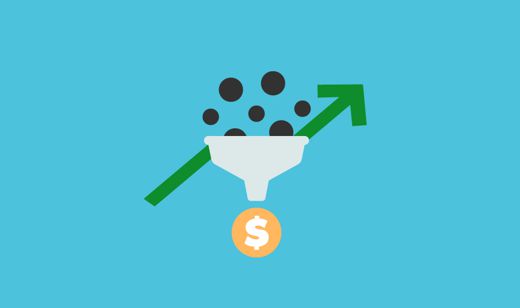No matter how much you have spent on your website, and regardless of how awesome your website looks, one thing you must remember is, it is nothing more than a bauble if it doesn’t help to generate revenue for your business.
Now it’s true that some websites are not built specifically for selling and are seen merely as a corporate hub designed to promote the company’s brand. There is nothing wrong with this, especially for large corporations and multi-national organisations; however, for local businesses, websites serve a much different purpose, which, sadly, they often fail to fulfil for a variety of reasons.
Rather than go through a whole list of things that local business websites get wrong, instead let’s take a look at some of the key functions that a local business website should be performing if it is to help that business generate leads, sales, and revenue in order to sustain it.
Now, we want to be very careful with this one, which is to create a good first impression. Please do not think that is the starting gun for you to run off and completely redesign your website into a multi-coloured kaleidoscope of flashing images. The phrase less is more is very prevalent when it comes to the look of a website so don’t use colours and graphics for the sake of it.
What is more important about the visual elements of a website is whether it gives visitors a good first impression and does it look like a website that is going to be easy to navigate. Menus and buttons saying, ‘Click Here’ to the left, right and centre are confusing, and a confused mind always says ‘No’, which means they are out of there.
While on visuals you should only use the highest quality images you can. Bear in mind many of these images will be of your products, and for service-type businesses, it might be the staff or the premises. It’s hardly a great first impression if you use blurred, out-of-focus images of what is effectively your business’s greatest assets.
Moving on from visuals, your website should always seek to show visitors how your service or product is going to benefit them. Many websites simply list the features which might be what they are, however, people will buy something for what it does for them, so focus on that.
You could have content in lots of different forms such as infographics, articles, and one of the best, which is video. If visitors can actually see the benefits, they get to visualise what doing business with you means with their own eyes, so the chances of them buying from you are increased greatly.
The next step from this is to show others benefiting from your product or service. Written or video testimonials, case studies, and before and after examples can all give someone the confidence they need, in order to buy from you. One caveat is to never exaggerate any improvements or to make over-inflated claims
One essential that countless websites lack is something to give those who visit it a clear call to action. The call of action can be whatever you wish it to be, but it must take that visitor, aka potential customer, further down the path towards a sale. You could ask them to call you, enter their email address, leave details for a free quote, or it could even be that the call to action is to simply buy.
One thing about the calls to action you have on your website is to make sure that they include some kind of benefit for the customer. For example, a glazing company offers free quotations for double glazing might have a call to action along the lines of ‘Click Here For A Free Quote‘. It’s better than no call to action at all, but hardly inspiring, and contains discernible benefit.
Compare that with a call to action that says ’Find Out How New Glazing Could Transform and Increase The Value Of Your Home, By Clicking Here To Receive Your Free Quote’. Now, which of those two sounds more enticing to the person reading it?
Obviously, it is the second one, so if the calls to action on your website are dull and uninspiring, go fix them and you will soon see the difference it makes the number of visitors who take action, with some of those actions being purchases.






